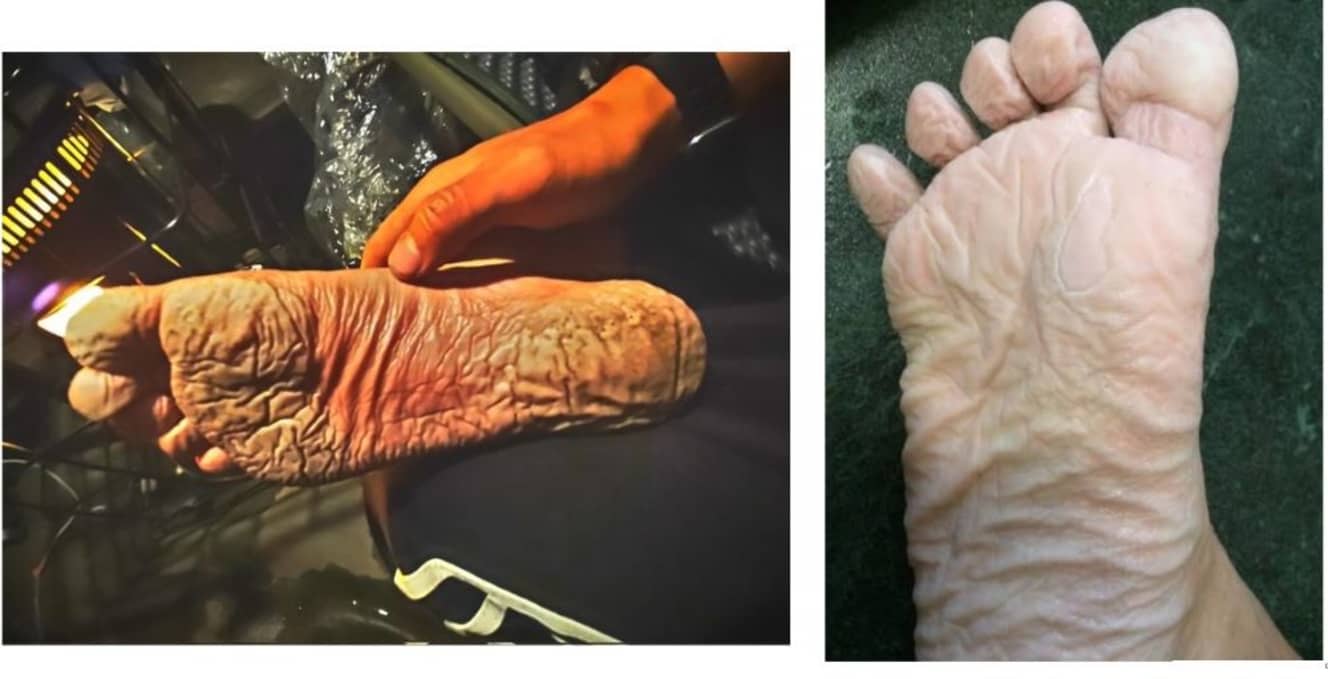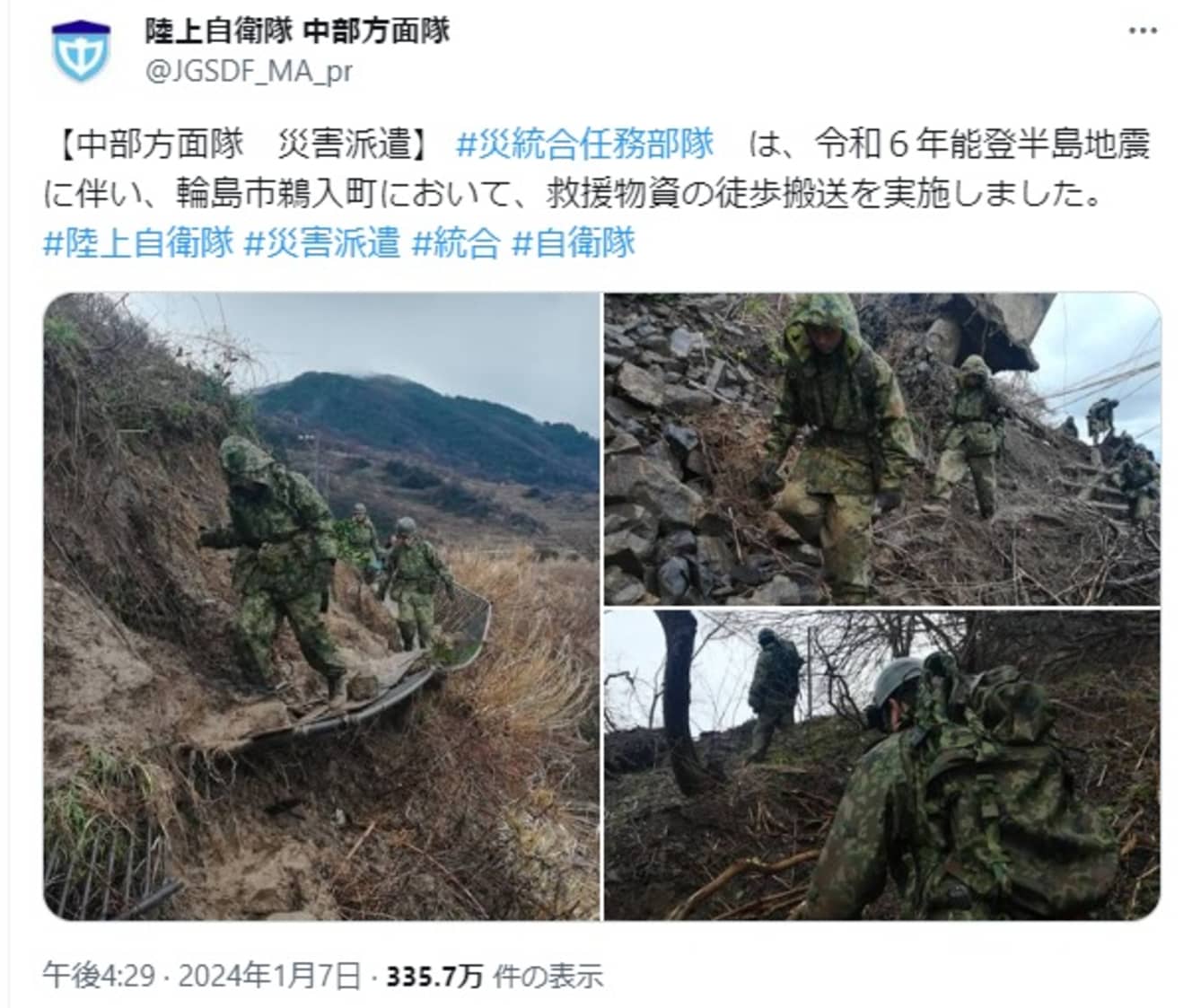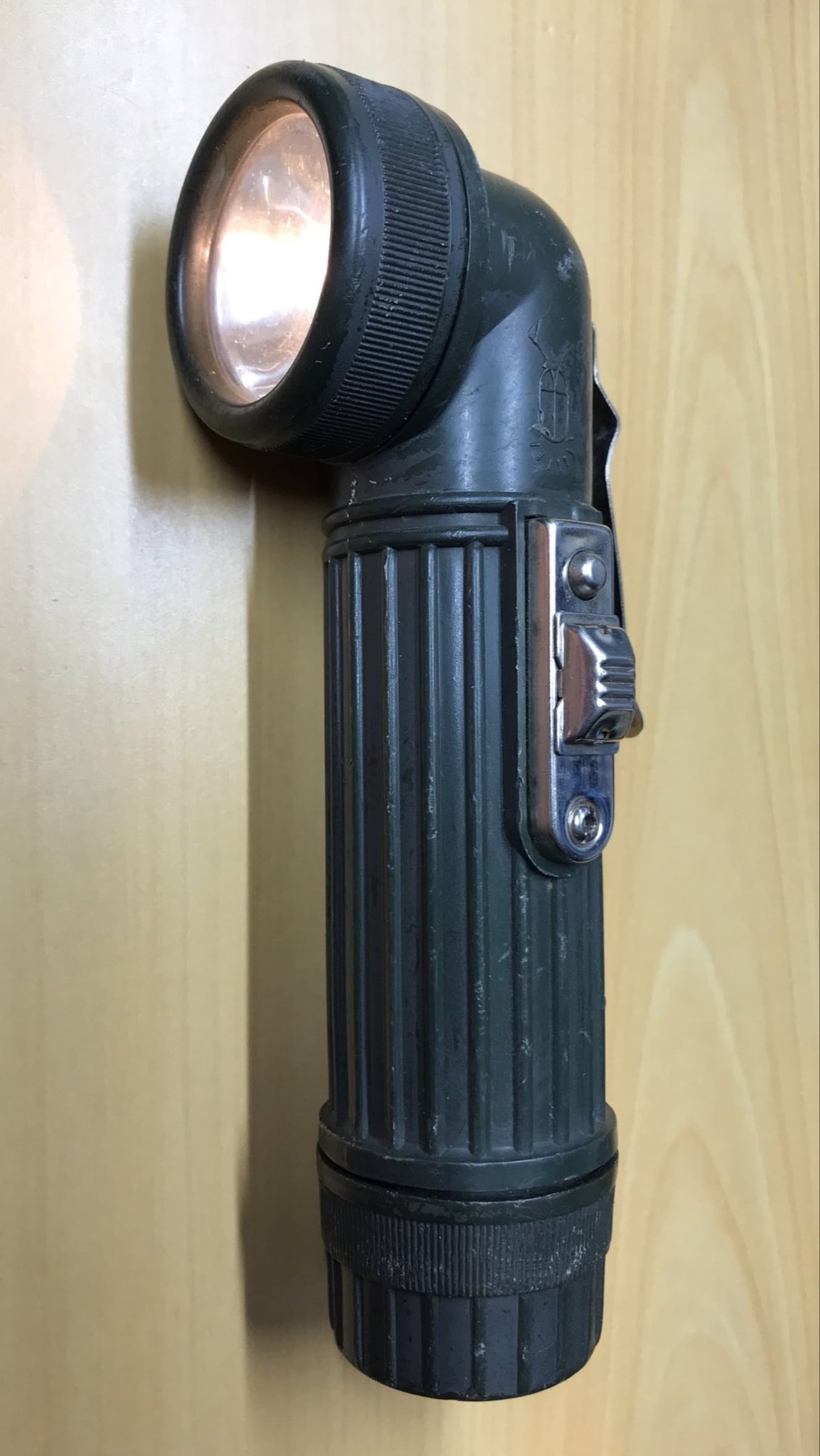The Moroi of Equipment Brought by Self-Defense Forces Personnel on Their Way to Disaster Relief Following the Noto Peninsula Earthquake

Walking and Shoes for Relief Supplies
The Noto Peninsula earthquake caused a major problem in that relief supplies could not reach isolated villages due to the inaccessibility of overland roads that had collapsed. The only way to deliver water, food, and other supplies to isolated villages was to transport them on foot, which made relief efforts difficult. The Self-Defense Forces personnel were walking along steep and steep terrain, carrying heavy supplies. They are not only walking on steep, slippery mountain paths. There are also rescue operations in dangerous places where debris has piled up and rusty nails are sticking out, and there are accidents such as stepping on a nail and stabbing the sole of one’s foot. The performance of each piece of equipment is extremely important for the rescue workers in the disaster area. In this issue, we would like to consider injuries that actually occur in disaster-stricken areas and the SDF’s equipment.

The majority of SDF personnel use government-issued combat boots (half boots) Type 2 as standard equipment. We found that these are not the best shoes for rescue and disaster area work. Combat shoes are designed to reduce fatigue after long hours of walking, and are less effective in preventing overstepping. They are designed to be less effective in preventing over-stepping, and can overstep at over 600 N, about half the strength of the JIS standard for safety shoes.
The worst case scenario for a step-through accident is amputation of the leg. Because the skin on the soles of the feet is thick, bacteria and viruses attached to foreign objects that have been stepped through can easily remain on the soles, making them difficult to clean. Even something as small as a nail can be fatal. Exhaustion can cause distractions, so it is important to protect yourself with equipment. Therefore, it is important to protect them with equipment,” says a Self-Defense Force member.
In the report (on the Great East Japan Earthquake), there was a series of reports of accidents involving overstepping. I saw two cases directly myself. In one case, a worker stepped through a nail stuck in a piece of wood when he was flying over a roof because the road was flooded and impassable. I think I was sent back to the ground where a medic (doctor) was present and after treatment I was put on leave for 2 to 3 days. The SDF member testified about the case at the time, saying, “We were later provided with insoles after he stepped on the nail.
Self-defense force members who have experience in disaster relief dispatch buy combat boots, steel insoles adopted by the U.S. military, and other equipment out of their own pocket. They have no choice but to protect themselves by spending their own money.
Waterproof performance of shoes and rain gear

The JGSDF combat shoes are made of waterproof material, but they are not replaced frequently. Even if they are scratched and lose their waterproof performance, they are not replaced. The shoes in the photo are still in service, but seven years have already passed. During disaster relief efforts, feet exposed to cold water for long periods of time initially swell and become painful, as seen in the image of the sole at the top of the article, and then become ulcers. If left untreated, there is a risk of developing “trench foot,” a condition in which tissue necrosis occurs.
The SDF members work on it without complaint, no matter what happens. That’s why it’s so hard afterwards. Also, even in the water, they go in with half boots, and because of the disaster area, they can’t dry their shoes or change them, so the inside of their shoes is a mess the whole time.
We need to have a common understanding that we don’t have to put up with step-through accidents or trench foot and send them to the medical staff. Both superiors and personnel should share the recognition that if they feel something wrong with their feet, they should immediately leave the scene and send them to the medical unit in the rear. Serious SDF personnel are so focused on their work that they disregard the risks. If they persist, they may end up with a leg injury.
The SDF’s government-issued rain gear also has a problem in that water can easily penetrate the hood and other parts. Wearing water-soaked rain gear for long periods of time in cold temperatures can cause hypothermia. Older members of the SDF who are accustomed to disaster relief have purchased excellent rain gear at their own expense, such as mountaineering gear. This is because the government-supplied items of the Self-Defense Forces are unbearable. The U.S. military uses four different types of rain gear and layers of clothing to protect themselves from the rain depending on the situation. The U.S. military knows that it is impossible to maintain conditions without spending money on equipment.
The U.S. military also pays for their own work gloves for disaster relief.

The gloves used by the Self-Defense Forces are slippery and easily torn. Until now, SDF personnel have purchased large quantities of work gloves and military hands for disaster relief with their own money. Since work gloves, leather gloves, and rubber gloves need to be used according to the situation, the members have to invest in themselves. They say they have no choice but to do so because they are the ones who suffer the hardest from their injuries.
In July Reiwa 2023, a document titled “Improvement of the Self-Defense Forces’ Clothing” stated that the Ministry of Defense would raise the number of gloves, etc. for Self-Defense Forces personnel from the current two sets to four sets in the 2025 budget request. Later, it states, “At a recent meeting of the House of Councilors Committee on Foreign Affairs and Defense, we requested both quality and quantity of gloves and socks, as well as combat boots, and received a very grateful response from Minister Kihara himself. We hope that they will be ready in time for the disaster relief mission. We will continue to check with him whenever the need arises,” reported Yohei Wakabayashi, a member of the House of Councillors. I hope we can make it in time.
[Flashlights and batteries are also at your own expense.
At disaster relief sites, lifelines are often cut off and the power is out. Since rescue operations can continue even during the night, a light is an important piece of equipment. In the Self-Defense Forces, there are only a few government-issued lights for on-duty use, but not for each member of the team. Because they are bean bulbs, they require a large amount of batteries and have a poor light output. When used, they are carried in the hand or in a pocket, but they are unstable and can easily be dropped.

During deployments, SDF personnel wear headlamps made by different manufacturers. A flashlight that can be attached to a helmet is convenient because it allows the use of both hands.
The batteries for the government-issued flashlights are paid for by the SDF, but the batteries for the personal ones are paid for by the individual members. Since the SDF does not provide enough high-performance tools, it has become a common practice for members to buy their own tools with their own money, and there is a tendency that it is natural for them to buy at least that much. Those members who do not buy the tools in advance have a hard time in the field. The more one tries to be fully prepared, the greater the burden becomes. The SDF has always maintained that if they are dissatisfied with the service, they can quit.
This is part of the data released by the first expert panel of the Ministry of Defense in Reiwa 2023. It shows that the number of retirees exceeded the number of enlistees in Reiwa 2021. The number of retirements (by reason) shows that 5,742 retired in mid-career, the largest number among all reasons for retirement. The SDF has repeatedly extended the retirement age to curb the outflow of personnel, but this seems to be having little effect. If this trend continues, it will be difficult to retain current personnel. If the organization does not take good care of its members, their sense of belonging will decline and people will leave. The SDF needs to make efforts to improve the work environment by listening to the voices of its members, rather than simply dismissing them as quitting if they are dissatisfied.



Interview, text, and photos: Rie Ogasawara
Rie Ogasawara is a national defense journalist. After graduating from Kansai Gaidai University, she worked as a freelance writer focusing on the Self-Defense Forces and security issues, and is the author of "Self-Defense Forces Personnel Buy Toilet Paper at Bases with Their Own Money" (Fusosha Shinsho), published in 2007. Winner of the 15th "True Modern Historical Perspective" Essay Competition sponsored by the APA Foundation for the Revitalization of Japan, and the Sanshuji Seishi Prize.